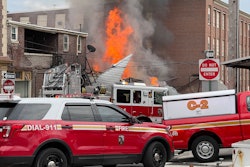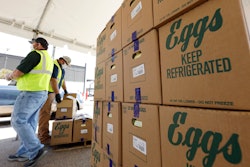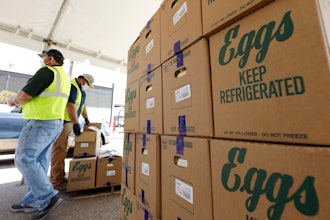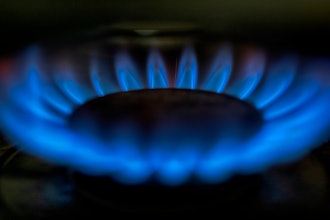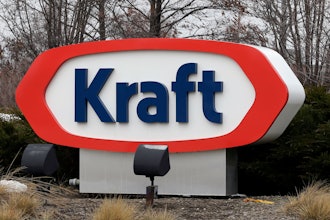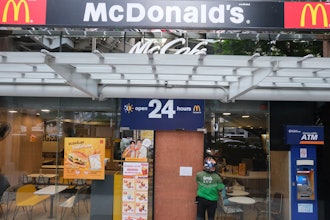Counterfeit cables are bulk cables or cable assemblies sold under false pretenses to undercut legitimate manufacturers. Unscrupulous sellers have found many ways to cut costs, but at a price. If you get a low bid for your next cable buy, check these factors to make sure you are getting what you are paying for.
- Substituting steel or aluminum for pure copper: Copper-clad-steel (CCS) or copper-clad-aluminum (CCA) is a classic method of saving on costly copper needed to make cables. It is based on the idea that the electrons are only using the outside coating of the wire. The truth is that with these substitute materials, attenuation rises and this will interfere with the signal. Over the length of the cable, the signal integrity will drop below the noise and cross-talk levels, resulting in dramatic loss of network speed and, ultimately, downtime. There's a good reason the EIA/TIA has not approved CCS or CCA cable for use in high-speed networks.
- Connector construction: This is a two-part deception. On "RJ-45" (8p x 8c) connectors, the molded plastic body does not always come out correct at the factory. Rejected bodies can be re-ground back to pellets and added to new plastic to make new bodies. This method is common and legitimate, until you use too much re-ground plastic, which lowers the combustion rating for the overall connector. A good tip: check the connector body for foggy or yellowing plastic, a sure sign that lower grade plastic was used to make the connector body. Besides the body, the metal contacts are phosphor bronze, plated with nickel to add strength, and then plated with gold to ensure a good connection. Manufacturers have been skipping the nickel and skimping on the gold, though, using "gold flash" or "selective plating" instead of the 30-50 micro inches recommended. Contacts made this way will corrode quickly and fail to connect when mated.
- Cable jacket material: Not every application requires a CMP or CMR flammability rating. But for those that do, the requirement is critical. Lives are at stake when they work in a building wired with improperly rated cable. If you specify that the cable meets CMP or CMR ratings (per the NEC codes) and you get an unusually low bid, ask for proof of the jacket material. This is expensive, which is why counterfeiters often skip it. A legitimate business will offer a signed Certificate of Conformance (CoC) for the product they sell. Also, the material must be searchable in the online UL directory for compliant products.
- Electrical performance testing: There are three types of tests a networking cable can undergo to certify that it works properly: a permanent link test (usually for installed cable within the walls, this test should be done by the installer), a patch test (for individual patch cables used in a wiring closet or at a workstation), and a channel test. The channel test is a combination of the permanent link and the patch tests to make sure the overall connection works. Some manufacturers will claim their cable or cable assemblies were "Fluke tested", but won't clarify that they only ran the channel test (easiest of the three), not the patch testing that is actually required by the standard. Again, patch testing a cable is harder to pass and more expensive, but legitimate manufacturers will do it because it ensures the cable conforms to standards and is worth what they are charging.
- Cable markings: All cables sold in the United States have markings on the jacket to identify where they are from and what standards they conform to. Often, they will use a UL "E-file Number" or the manufacturer's name and model number. Either way, you should be able to look it up on UL's database. The problem is that the marking may conform to UL's standard, but the cable may not. Again, a signed CoC will protect against counterfeits, so make sure you get one!
- Wire gage changes: Believe it or not, another trick we have found is to mark a cable 24 AWG, but actually use 25 or even 26 AWG wires. That's partly because the difference is hard to detect. If you require 24 AWG, though, you should always request a sample cable, cut it open, strip the insulation off of the wires, and measure them. Don't trust a manufacturer that claims something they aren't selling; if they are untruthful about the wire gage, what else could they be hiding?
- The golden sample: Many buyers and engineers have been burned by this, but it keeps happening. It is a good idea to get a sample before you buy a large amount of cables (as we mention in number 6 above), but don't stop there! Many manufacturers will make a "golden sample," sometimes at great expense, to be perfect for what you need. When it comes time to manufacture the rest, however, they scrimp and cheat all they can to deliver under cost. You should always set up a system whereby you QC some of the cables in each shipment and without the manufacturer's prior knowledge.
For more information, please visit www.l-com.com.
Read Next





